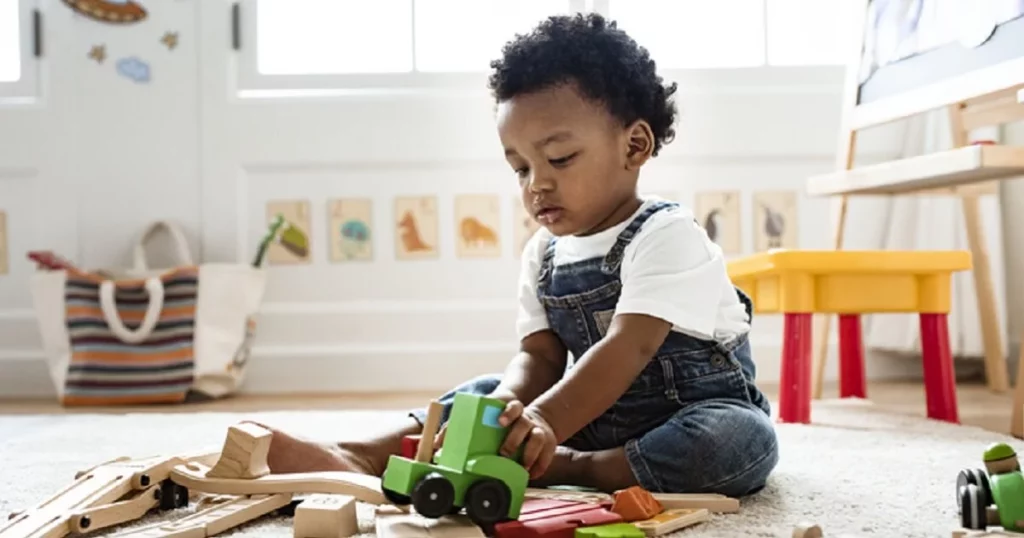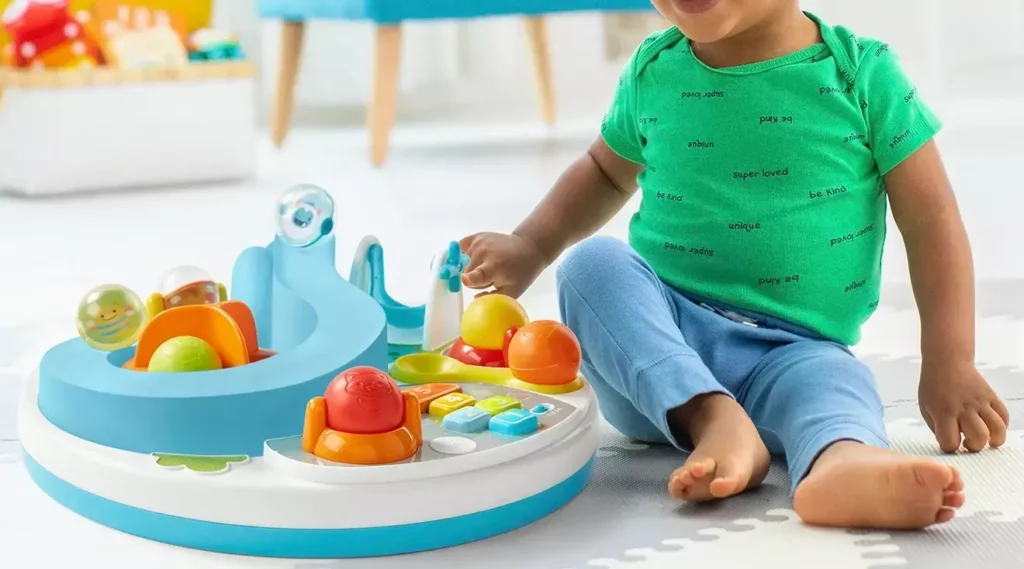
Content
As a parent, you want the best for your child in every aspect of their life, including their playtime. Choosing the right toys can have a significant impact on your child’s development and happiness. In this blog post, we’ll explore the art of selecting the perfect toys for your little one, focusing on their age, interests, and developmental needs.
1. Consider Your Child’s Age and Stage
One of the first and most crucial factors in choosing the right toys for your child is their age. Toys are often labeled with age recommendations, and it’s essential to heed these guidelines. Age-appropriate toys are designed to match your child’s developmental abilities and safety requirements.
For instance, infants benefit from toys that stimulate their senses, like soft toys with contrasting colors and textures. Toddlers thrive with toys that encourage motor skills, such as building blocks or stacking rings. Older children might enjoy educational games that challenge their problem-solving abilities.
2. Pay Attention to Safety
Safety should always be a top priority when selecting toys. Ensure that the toys you choose are free from small parts that could be choking hazards, sharp edges, or toxic materials. Look for toys that meet safety standards and have been tested for lead and other harmful substances.
3. Explore Your Child’s Interests

Take time to observe your child’s interests and hobbies. Do they love animals, vehicles, or art? Tailor your toy selection to match their passions. When children play with toys that align with their interests, they are more engaged and motivated to learn through play.
4. Encourage Creativity and Imagination
Choose toys that stimulate your child’s creativity and imagination. Building toys like LEGO sets, arts and crafts materials, or open-ended toys like wooden blocks allow children to explore their creativity and invent their own worlds.
5. Balance Educational and Fun Toys

Toys can be both fun and educational. Look for toys that offer a balance between entertainment and learning. Educational toys can aid in cognitive development, problem-solving, and even early math and science skills.
6. Avoid Overstimulation
While it’s great to offer a variety of toys, be mindful not to overwhelm your child with too many options at once. Rotating toys periodically can keep playtime fresh and exciting without overwhelming your child.
FAQs
u003cstrongu003eHow do I know if a toy is developmentally appropriate for my child?u003c/strongu003e
Check the age recommendation on the toy’s packaging and consider your child’s developmental stage. Toys that match their abilities and interests are usually a good choice.
u003cstrongu003eAre electronic gadgets and screens suitable toys for my child?u003c/strongu003e
While some educational apps and games can be beneficial in moderation, it’s essential to limit screen time and prioritize hands-on, interactive toys that promote physical activity and social interaction.u003cbru003eBy following these guidelines, you can select toys that not only bring joy to your child but also contribute to their growth and development. Remember, the best toys are the ones that engage your child’s mind, foster creativity, and create cherished memories of playtime.

I am Javier and my love is writing about home improvement. I write mostly about home ideas, but also share some tips and tricks that can make your life easier when it comes to getting things done in the house.